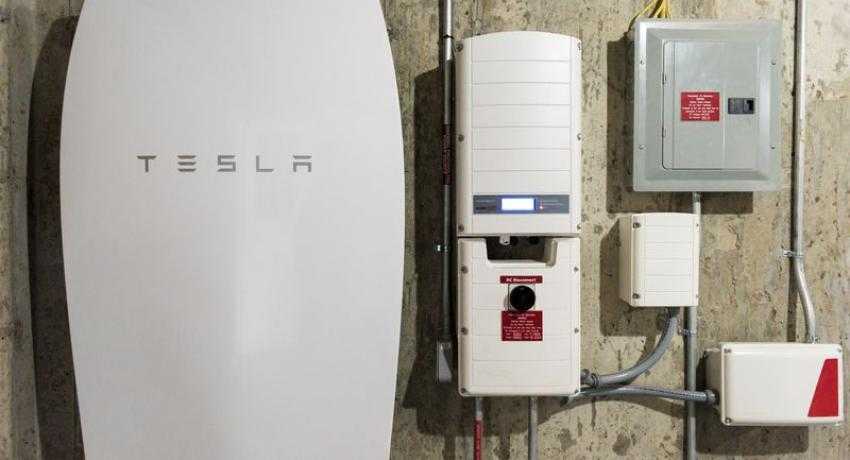Energy Storage Technology Improvements Effects On Clean Power Adoption
Solar and wind power technologies rely on natural resources, and therein lies the renewable energy industry’s blessing and bane. If sunlight and wind are free and infinite, they are also inconsistent resources subject to the climate and weather vagaries.
Output forecasts can be educated estimates at best, based on historical data and weather forecasts. No one knows for sure what the resource input rate will be on a given day, and therefore, production rate cannot be exacted.
This limitation makes it impossible for the industry to provide on-demand energy as captive capacity remains inconsistent.
A theoretical solution to this problem is to scale up the energy storage system, create buffer stock, and thereby stabilize supply. However, this is easier said than done. Storage of scaled-up solar or wind energy presently incurs significant cost.
In near future, though, advances in these three technologies can come to the rescue of the renewable energy industry.
Buffer batteries
Any battery is essentially an energy storage device.
In the case of batteries for renewable energy storage, Tesla Powerwall has made splashes in popular media. Just like other batteries, Powerwall and similar devices stores excess capacity wind or solar power and releases it as and when needed, much like money in a bank account.
Such batteries are a handy way of creating captive power capacity in homes and industries alike. They can help meet the power demand during peak hours and can be recharged during the low demand phases to ready them for the next cycle of demand. Essentially, they are the “buffer batteries.”
When energy generation is dependent on inconsistent sources such as wind or sun-power, these off-grid “buffer batteries” are solid equalizers that balance demand and supply without a gap.
Currently, lead-acid batteries are considered mainstream products. They cannot bear the brunt of too many recharges, though, as they will wear out faster. Their second shortcoming is that almost 15% power-loss occurs during each recharge cycle.
Smart innovations in buffer batteries can lead to a more sustainable and affordable scaling of renewable energy supply.
Heating technology-based storage devices
This technology is currently used in thermal-solar hybrid power generation plants. Its concept is based on concentrating heat as a resource through mirrors rather than photovoltaic panels.
This is done by exploiting sunlight to “over-heat” substances that have a high heat-bearing property. Molten salt is one salient example of these types of materials. These overheated substances are then used to evaporate water. Its steam is used to operate turbines and electric generators.
Such thermal-solar energy storage can be conveniently used during low or no-sunlight periods.
A significant benefit of this technology is that the same turbines and generators that are used in mainstream power generation processes can be deployed for this use.
Cells made from hydrogen
Hydrogen fuel cells are complex products. They are charged by the dual process of electrolysis and reverse electrolysis.
First, water is split into hydrogen and oxygen, out of which hydrogen is stored. It powers fuel cells and they in turn catalyze reverse electrolysis, creating water from hydrogen and oxygen. This water than creates thermal power.
Hydrogen cells have an advantage over other storage systems. They can operate infinitely, provided hydrogen and oxygen supply is consistent. This technology also produces heat as a bi-product. Hence, it is versatile and can be used for both – power and heat generation.
Key aspects
While solar and wind energy generation has already matured commercially, storage technologies are still in a nascent stage. Innovations in this area can help overcome the storage shortcoming and mainstream renewable energy in an affordable and sustainable way, just like grid power.




